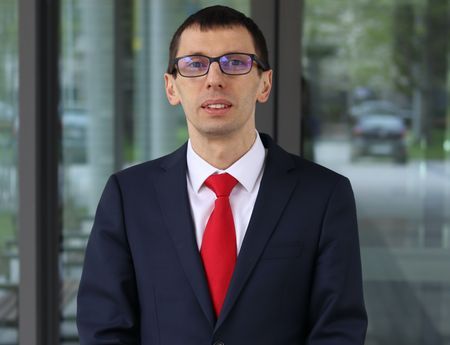
Archaeologists from the Jagiellonian University will conduct research into the origins of the oldest cities in the Middle East.
For several years, a team of JU researchers have been carrying out searches and excavations aimed at investigating the most important phenomena related to human activity in Jordan during the Neolithic and, especially, the early Bronze Age (3700 - 1950 BC), when first urban centres started to emerge in the Middle East.
“This year we are planning to continue the research initiated last year, and, besides, to start excavations at new sites and carry out laboratory studies aimed at determining the age of our previous finds,” says the head of the expedition Dr Piotr Kołodziejczyk from the JU Institute of Archaeology.
Researchers have been focused on studying relics from the time of the events crucial for the development of human civilization. As Kołodziejczyk points out, this was when the earliest urban settlements were created, metallurgy was developed, and long-distance trade started to flourish.
“At that time first territorial kingdoms, as well as city-states, were born in Egypt and the Middle East. Writing developed, along with an elaborate ideology of state power and religion. Until now, there has been little research into this historical period in south Jordan. This needs to be changed”, adds Dr Kołodziejczyk.
Last year, JU archaeologists started excavations at two previously unknown sites: Faysaliyya and Munqata’a. The former is a huge settlement complex, which played an important economic role. Located on a desert plateau, it functioned from the Paleolithic up to the Bronze Age. The most important finds include Paleolithic tools, such as hand axes, as well as an early Bronze Age camp.
In Munqata, the archaeologists have found a settlement with Neolithic stone structures. Painted ceramics and flint tools discovered at that site suggest links with the so-called Jericho IX culture. Some of the finds also indicate human presence up to the Bronze Age.
“The city is located in a deep valley, accessible only via a steep path, which must be used to carry the equipment along with food and water supplies. Yet, the effort is worth making due to the very interesting finds”, stresses Dr Kołodziejczyk.
Source: Nauka w Polsce








